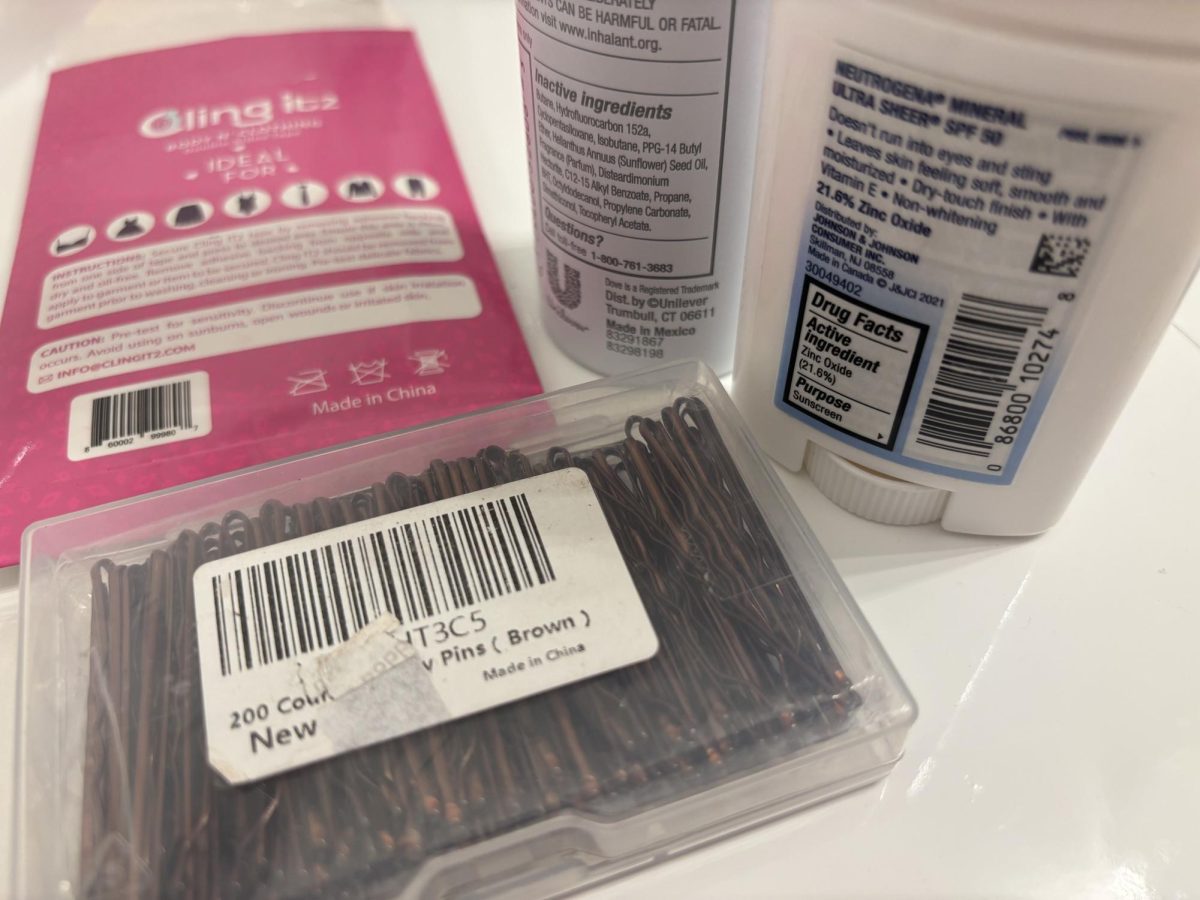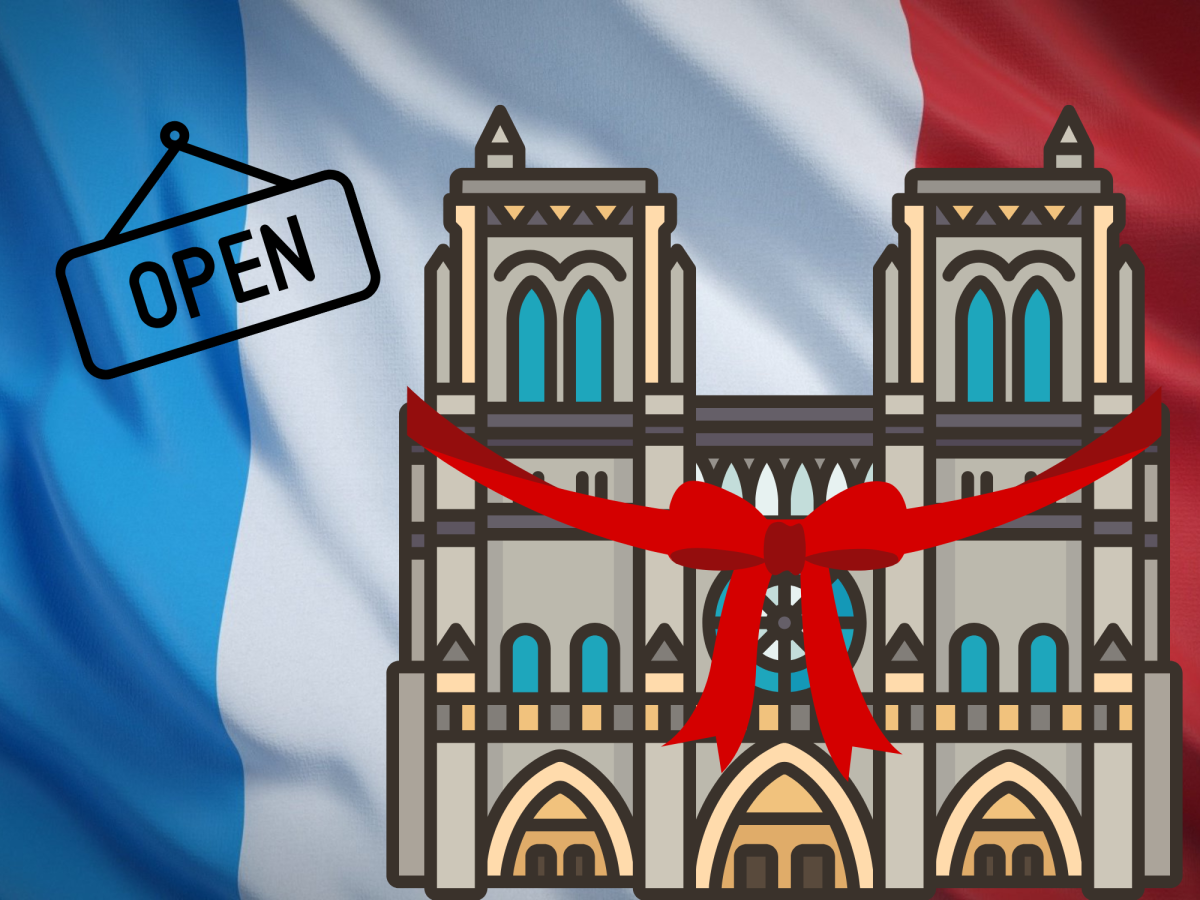Alexei Navalny is a prominent Russian politician and anti-corruption activist. In recent years, the global spotlight has illuminated his daring opposition of Russian president Vladimir Putin. Following his recent death in a Russian state prison, curiosity about this famous opposition leader has surged.
Navalny entered the Russian political scene in 2013, when he appeared on the ballot for the Mayor of Moscow, capturing the attention of voters across the country.
“Navalny was a new name, which many of my colleagues even had to Google to know who he is. He appeared out of nowhere and was gaining millions of supporters, which was surprising,” said an anonymous Moscow citizen.
Please note: To ensure the safety of individuals residing in Russia, many sources will remain anonymous.
Navalny gained presence through his outspoken criticism of corruption in the Russian government. Starting in 2007, Navalny bought shares in the Russian oil business, which he eventually used to allege corruption in state-owned corporations.
Early Years
In 2013, Navalny’s name appeared on Moscow’s ballots for Mayor. He was of six candidates running for election, and the only one who was thrown out of the race due to his embezzlement charges from the previous year.
These charges stemmed from his involvement with a previous political party, which he joined shortly before his disqualification. In hindsight, it appears that the Russian government, sensing Navalny’s growing popularity, sought to undermine his political aspirations through legal means.
Even though he was disqualified, many people still wrote his name on the ballots, and Navalny came in 2nd in the election. This led to a heated recount call, which was denied by the government for “many reasons.”
By 2014, Navalny began to focus on his blog, documenting on the abuses of Russia’s corrupt government. He posted documents and stories of many of Russia’s powerful men, ranging from oligarchs to President Putin himself.
His agenda became more popular when Russia invaded Crimea and the Donbass area. From posting on YouTube on who to vote for, to secret dealings of the Kremlin, Navalny specialized in combating Russian corruption.
“His peak is supported by how much many citizens of Russia hate the mission of bringing back Crimea. Living in Moscow takes me a little farther from the fake news, due to the popularity of social media, but I know the suburbs still don’t know who he is,” said a Moscow citizen.
After many years of protests and investigations, Navalny was poisoned by Novichok, a deadly nerve agent, outside of the Omsk Airport, in Siberia. On the verge of death, Navalny was placed into an intensive care unit in Germany.
A New Wave of Attention
While in Germany, Navalny was inspired to create a video exposé on the abuses of the Russian government. On Feb 4, 2021, Navalny published Putin’s Palace, a documentary more than an hour long. This video explores the location and details of Putin’s possessions, positions and powers of his inner circle, and, most importantly, his manipulation of Russian politics.
This exposé brought unprecedented public attention to Putin’s death grip over Russian politics. It propelled Navalny into the most formidable battle of his life, a struggle waged against the entirety of the Russian Government, a confrontation that culminated in his tragic demise.
Navalny posted the video the day he returned from Germany. Upon his arrival at Sheremetyevo International Airport, Russian police immediately detained and arrested Navalny, sparking protests across Moscow.
“My older brother and his friends went to the protests for Navalny. As the future of Russia, we were all scared to live with the scary truth of corruption. It felt like prison and manipulation. Everyone knew what was happening, but the news was quieter than ever on Navalny. We only heard Navalny from the whispers on the street,” said a Moscow teenager.
The End of an Era
Navalny never gave up his dream for Russia’s better future and freedom. Even in his prison cell he fought to get his word heard by the wider populace. He was put in the harshest prison in Russia. In the middle of Siberia and with no way out, he was constantly punished for “bad behavior,” from starving strikes to getting thrown into the rooms of isolation. He was tortured until the end of his life.
“I remember the days where we would see his photos from his wife’s video visits with him. He always looked skinny, sick, and deadly. He looked like he had the life extracted from him,” said a Moscow resident.
The Arctic Circle Prison took Navalny’s last breaths. He was pronounced dead on Feb 16 by the prison staff, Russia’s federal penitentiary service said in a statement. It said Navalny lost consciousness after going for a walk and could not be revived by medics.
“It is shocking to know that our government is so powerful to even stop our dreams. Many of us were hopeful that Navalny and his work was our saving push. I still can’t believe the prison was so heartless to not release the body even to his mother. It shows how cruel Russia is,” said a Moscow teenager.
However, for many in Russia, his passing went unnoticed. Stringent limitations on television and news broadcasts have left residents in Russia uninformed.
“I saw just one story about him on TV. They said that he was a spy for the States,” said a US resident.











